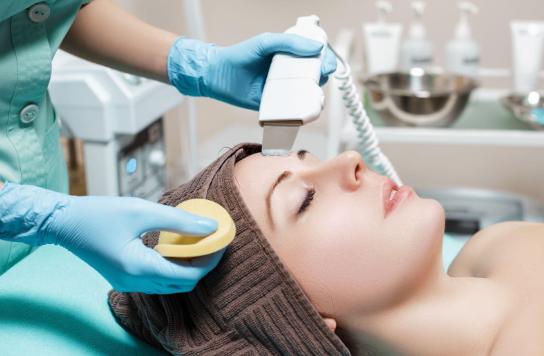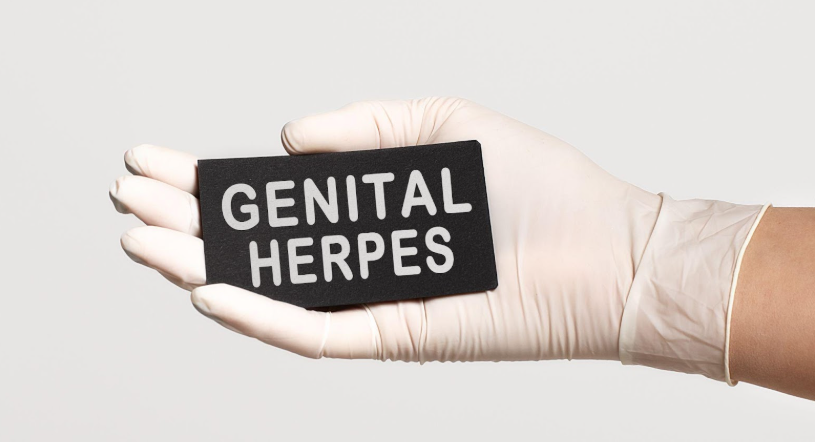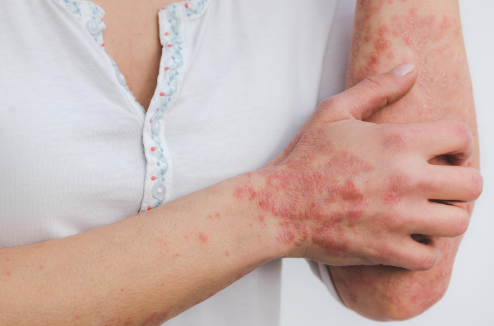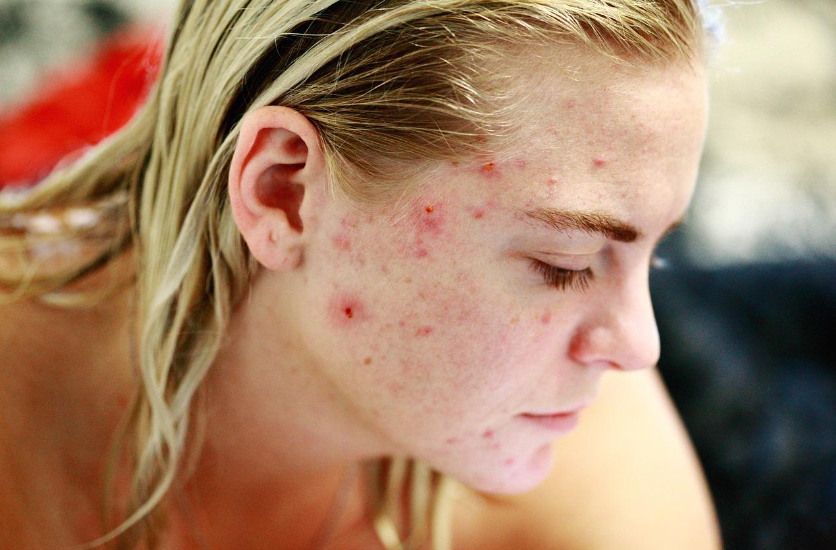What Do I Need to Know about Warts?
What Do I Need to Know about Warts?

Warts are a common and often misunderstood skin condition that can be both uncomfortable and unsightly, and most people are likely to have them at some point in their lives.
Understanding the different types of warts and their causes can help individuals manage and prevent them from spreading, or timely detect a type of cancer. This article will provide you with the information you need to understand the various types of warts, the relationship between warts and the human papillomavirus (HPV), diagnosis, and treatment for these unpleasant growths.
Please be advised that the information presented here is for educational purposes only and should not be considered a substitute for professional medical advice.
What Are Warts?
Warts are tiny growths that can appear on any part of your body. These lumps can take on a variety of shapes and sizes, ranging from small, flat bumps to larger, raised growths. They can be pink, brown, or gray in color and may be covered with rough or smooth skin.
This skin condition can commonly cause cosmetic disfigurement due to a viral infection of the top layer of skin—the epidermis. When infected, this skin layer produces an excessive quantity of keratin, a tough protein, developing a rough-textured protuberance that is visible on the surface of the affected area of the skin.
In general, warts are more likely to appear in 12- and 16-year-old teenagers than in children and adults, but they may occur at any age.
Should I Be Worried If I Have a Wart?
Warts are caused by the human papillomavirus (HPV), which causes rapid and excessive keratin growth.
While warts are typically harmless, some strains of HPV can cause more serious health issues, such as cervical cancer. Cervical cancer is by far the most common HPV-related disease. According to the World Health Organization (WHO), two human HPV types are responsible for nearly 50 percent of high-grade cervical pre-cancers.
How Can I Get Warts?
Warts are contagious but are not considered highly contagious. Certain activities, such as walking barefoot in public places or biting your nails, can increase the risk of developing warts. People with weakened immune systems are at higher risk of developing warts, as their bodies may not be able to fight off the virus that causes them.
Normally, warts could spread through:
- Skin-to-skin direct contact
- Hangnails or scrapes
- Contaminated surfaces, such as towels, shoes, or clothing
- Wet and damaged skin
- Sexual contact
What Are the Symptoms?
Although certain warts may cause discomfort and appear unappealing, the majority of them are asymptomatic. The manifestation of wart symptoms varies depending on the type, but typically encompasses the following:
- The appearance of a lump on the skin
- Sometimes itchiness
- Occasionally bleeding
- Pain or discomfort
It is important to seek medical attention if warts become painful, bleed, or change in appearance.
Types of Warts
Warts can vary in size and shape, ranging from flat, smooth, and small to large, rough, and bumpy. There are over 100 different strains of HPV, each with the ability to cause different types of warts.
Common and Plantar Warts
Common warts, the most widespread type, usually emerge on the hands, fingers, and nails, and have a raised, firm, and rough texture. Plantar warts have the same physical characteristics, except that they usually form on the soles of the feet and can cause discomfort, particularly when walking or standing.
Flat Warts
Flat warts are smaller and smoother than other types of warts and can appear in large numbers on the face, arms, and legs.
Anogenital Warts
Genital warts are caused by sexually transmitted strains of HPV and appear in the genital area. They can be flat or raised and have a cauliflower-like appearance. Anogenital warts are mostly asymptomatic, but in some cases, they can become painful or itchy depending on their size and anatomic position.
Filiform Warts
Characterized by their narrow, thread-like appearance, filiform warts typically appear on the face, neck, or around the mouth.
Periungual Warts
Periungual warts appear around or under the fingernails or toenails. They can be painful and affect nail growth, making them a source of discomfort and embarrassment. Periungual warts can also be challenging to manage, as they can grow into the nail bed and cause permanent damage.
Do Warts Mean You Have HPV?
As explained above, warts are a common symptom of the human papillomavirus (HPV) infection and can appear anywhere on the body’s skin.
While HPV has more than 150 varieties, only a few can cause warts, but some others can cause cancer. It’s important to notice that the HPV strains that can result in genital warts are distinct from those that can cause cancer.
HPV infections are very common, and most people who are infected with HPV do not develop any symptoms or health problems. Usually, the body’s immune system gets rid of the HPV infection naturally within two years.
According to the
CDC, HPV is the most common sexually transmitted infection in the United States. This is one of the reasons why it is important to be aware of the risks associated with HPV and to take steps to prevent infection, including practicing safe sex and getting vaccinated.
The WHO has prequalified four
vaccines that all offer protection against HPV types 16 and 18, which are known to be responsible for at least 70% of cervical malignancies. In particular, there are two vetted vaccines that also protect against HPV types 6 and 11, which cause anogenital warts.
What Is Consider High-Risk and Low-Risk HPV?
There are more than 100 types of HPV that can be classified as either high-risk or low-risk strains. HPV strains are frequently classified as "non-oncogenic" (cause of warts) or "oncogenic" (cause of cancer) according to whether they increase a person's risk of developing cancer.
At least 13 different HPV strains have been linked to cervical cancer, and at least one of them has also been linked to cancers of the vulva, vagina, penis, anus, and some types of head and neck cancer, per the
International Agency for Research on Cancer.
High-Risk Strains
High-risk strains are associated with an increased risk of cancer, including cervical, anal, penile, and throat cancers. These strains can cause abnormal changes in cells that can lead to cancer if left untreated.
It is important to get regular HPV screenings and vaccinations to reduce the risk of developing cancer.
Low-Risk Strains
These variants of HPV are associated with the development of common warts. While these strains do not cause cancer, they can cause discomfort and embarrassment.
How Could HPV Cause Cancer?
An HPV infection caused by a high-risk strain can remain for a long time and eventually transform healthy cells into cancerous cells if the body's immune system is unable to eradicate it. If they are not discovered and removed in a timely manner, they can eventually turn into cancer.
Compared to cervical cancer, these cancers are far less prevalent. However, more research is needed to accurately diagnose how many HPV-positive cases could develop cancer.
Diagnosis and Treatment Options
Fortunately, there are several effective treatment options available for those who wish to remove their warts, including topical treatments, freezing, and laser therapy. Diagnosing warts typically involves a visual examination by a healthcare provider. In some cases, a biopsy may be necessary to confirm the diagnosis or rule out other skin conditions.
There are several treatment options to remove warts:
Cantharidin
Cantharidin is an odorless, colorless substance secreted by blister beetles. The dermatologist applies this substance under the wart before covering it with a bandage. When applied to a wart, it causes controlled blistering underneath the skin.
After a week you can go back to the dermatologist's office and they will remove the dead wart by clipping it off.
Cryotherapy—Also Known as Freezing
The procedure usually involves using liquid nitrogen, which causes the wart to blister and eventually fall off. This treatment is not particularly painful.
Curettage and Electrosurgery
These are effective ways to treat common warts, filiform warts, and foot warts. Electrosurgery involves using heat from electricity, while curettage entails scraping the wart with a small, spoon-shaped instrument or a sharp knife. These two techniques are frequently combined.
Excision
The physician may remove the wart by making an excision.
Laser
Dermatologists generally use this therapy for warts that have not responded to other treatments. The specialist uses an anesthetic injection to numb the wart prior to laser therapy.
Chemical Peels
The dermatologist will normally apply chemical peels with glycolic acid, salicylic acid, or tretinoin acid to gently lift and peel the wart.
Bleomycin
The intralesional injection of bleomycin into the wart is highly effective in stopping cells from reproducing and dividing.
Immunotherapy
This treatment uses the patient's own immune system to fight the warts.
It is important to note that there is no cure for HPV. This means that warts can reappear in the same spot or in a new spot on your skin. It is important to consult with a healthcare provider to determine the best treatment option for your individual case.
Talk to our physicians at
Pine Belt Dermatology today to take proactive steps to strengthen your immune system against the papillomavirus and prevent future outbreaks. With our help, you can take control of your skin's health.
Contact us today!











